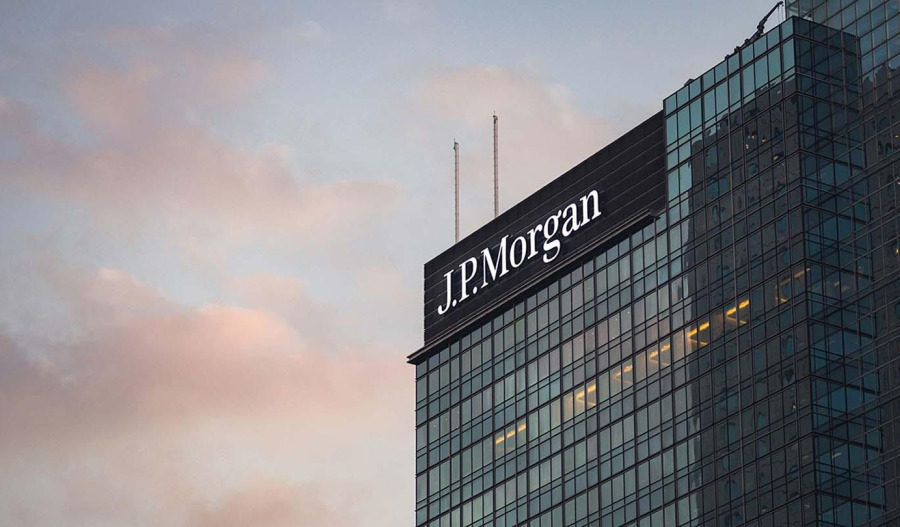Four major banks delivered earnings beats this week. Two saw their stocks surge. The other two? Not so much.
Wells Fargo jumped 7.2% - its best day in six months - while Citigroup climbed 3.9%.
Meanwhile, JPMorgan Chase dropped 1.9% and Goldman Sachs slipped 2%, despite both firms posting stronger-than-expected results.
The divergence came down to forward guidance and what management sees ahead.
The winners
Wells Fargo's third quarter was the first full reporting period operating without the Federal Reserve's asset cap, imposed in 2018 and finally lifted in June, and the difference showed immediately.
The bank posted net income of US$5.59 billion, or $1.66 per share, crushing the $1.55 consensus estimate, while revenue hit $21.44 billion against forecasts of $21.19 billion.
Non-interest income surged 9.3% year-over-year to $9.49 billion, driven by investment banking fees and wealth management.
"Wells Fargo, without the regulatory constraints and with the changes we have made, is a significantly more attractive company than what we were several years ago," CEO Charlie Scharf said, adding the bank can now "more aggressively and broadly pursue growth."
The market bought it, with Wells Fargo raising its medium-term return on tangible common equity target to 17-18%, up from 15%.
Citigroup's story is equally compelling, with CEO Jane Fraser's multi-year simplification strategy finally delivering across every business line.
The bank reported adjusted earnings of $2.24 per share - a 48.3% jump from last year - beating the $1.91 estimate.
"The relentless execution of our strategy is delivering stronger business performance quarter after quarter," Fraser said, with Services posting its best quarter ever with revenues up 7%, while Markets delivered its best third quarter on record with revenues climbing 15%.
Total revenues reached $22.1 billion, up 9.3% year-over-year, with every single business unit hitting record third-quarter revenue.
The losers
JPMorgan Chase and Goldman Sachs both beat expectations, but both saw their stocks fall.
JPMorgan reported net income of $14.4 billion, or $5.07 per share, on revenue of $46.43 billion - comfortably ahead of estimates, with Markets revenue jumping 25% to a third-quarter record of $8.9 billion, and investment banking fees rising 16%.
Then, CEO Jamie Dimon opened his mouth.
"There continues to be a heightened degree of uncertainty stemming from complex geopolitical conditions, tariffs and trade uncertainty, elevated asset prices and the risk of sticky inflation," Dimon warned.
The bank also increased its provision for credit losses by 9% to $3.4 billion, including an $810 million reserve build - a signal management sees rougher waters ahead.
Goldman Sachs faced a different problem: operating expenses jumped 14% year-over-year to $9.45 billion, above the $8.98 billion analyst estimate, while headcount rose 5%.
The firm posted revenues of $15.18 billion, up 20%, and earnings of $12.25 per share, beating the $11.02 consensus, with investment banking fees surging 42% to $2.7 billion and advisory fees jumping 60%.
But CEO David Solomon's comments about "the need to operate more efficiently" suggested the cost structure remains a concern, even as the firm pursues AI-driven improvements.
The macro
The split verdict reflects growing uncertainty about what's actually happening in the U.S. economy.
On one hand, dealmaking is roaring back, with investment banking fees up across the board as markets stabilise and companies pursue M&A activity.
On the other, credit provisions are rising at some institutions while falling at others.
JPMorgan's $810 million reserve build suggests the largest U.S. bank sees potential trouble in loan portfolios, while Wells Fargo, by contrast, saw provisions fall 36% as charge-offs declined.
Net interest income remains challenged across the board, though all four banks beat expectations, with JPMorgan raising its full-year NII forecast to $95.8 billion and Wells Fargo's net interest margin contracting 6 basis points to 2.61%.



